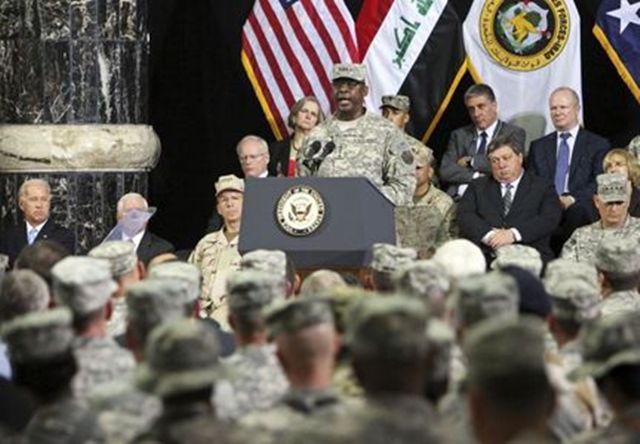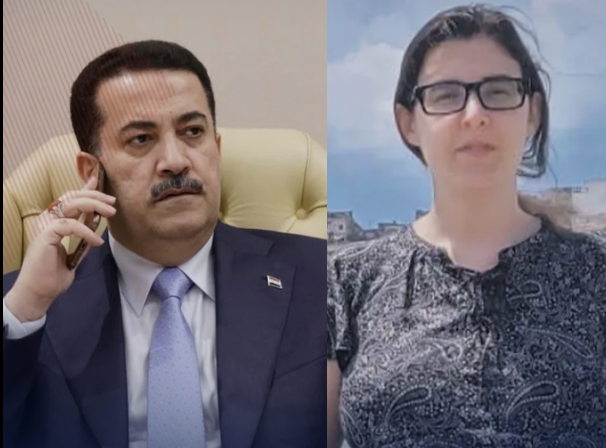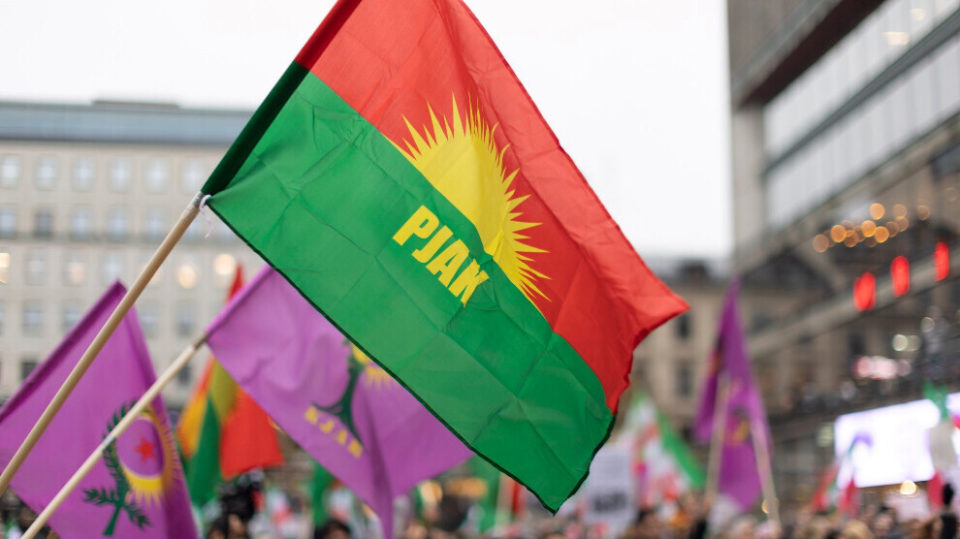
Insurgent Groups React to the Withdrawal of American Combat Forces in Iraq
Insurgent Groups React to the Withdrawal of American Combat Forces in Iraq
The withdrawal of the last combat units of the U.S. army from Iraq at the end of August attracted reactions from various Iraqi insurgent groups. On September 1 the number of U.S. troops in Iraq dropped to less than 50,000 personnel. The U.S. army announced that the role of the remaining troops would now be focused on supporting and training the Iraqi government forces.
Iraq’s Sunni insurgent groups in general looked at the change suspiciously. Most of them did not consider the pullout an actual withdrawal, as tens of thousands of troops remained stationed in Iraq. However, most insurgent factions declared that the partial withdrawal was an indication of defeat that came as a result of military resistance. Abdullah al-Hafiz, the spokesman of al-Jabha al-Islamiya li’l-Moqawama al-Iraqiya (JAMI – Islamic Front for Iraqi Resistance), stated, “The partial withdrawal of the occupation is an inevitable result of the strength of the blows that were inflicted on its forces in Iraq by the Iraqi resistance with all its factions. The withdrawal in itself is a victory for the Iraqi forces; however, it is not the end of the road” (Al-Arab Online, September 4).
The Sunni insurgency in Iraq has lost much of its momentum over the last three years, yet two factors will be crucial in deciding its future direction. First is the level of representation of the Sunni community in the next government. The second factor is the fate of the fighters belonging to the local Sunni militias of the Sahwa (Awakening) councils. The U.S. military armed and funded the Sahwa fighters, who played a major role in the success of the American surge strategy. They have been struggling since the Americans turned over to them the responsibility of the Iraqi government. The Sahwa fighters, mostly drawn from ex-insurgents belonging to Iraq’s Sunni tribes, want to be fully integrated with the security forces, while the Shi’a-led government has offered to accept only 20% of them. As part of its post-U.S. withdrawal strategy, al-Qaeda is using a stick and carrot approach with the Sahwa fighters. Al-Qaeda has killed many of the Sahwa leaders and members but it has also offered a pardon for those who rejoin the insurgency (al-Hayat, August 22).
The former ruling Ba’ath party also denied the withdrawal had any significance and described it as “a lie” while calling for the resistance to continue. However, the Syrian-backed wing of the Ba’ath, led by General Muhammad Younis al-Ahmad, has been adapting to the new stage. For the first time since the fall of Saddam Hussein there was media coverage for conferences and gatherings of al-Ahmad’s group in Syria. Of course, this could not have happened without the approval of the Syrian host (al-Watan, August 30).
Though most of the Sunni insurgent groups called for continued resistance to the “American occupation,” al-Qaeda had a different assessment. Months before the September 1 draw-down, the Islamic State of Iraq (ISI – an umbrella group for al-Qaeda and its allies) had already set its strategy for the post-withdrawal stage. ISI strategy indicated that there would be no use in concentrating attacks on the decreasing U.S. presence and called instead for the targeting of Iraqi forces and Sahwa fighters (hanein.info, February 20).
On the Shi’a side there was also a much skepticism and calls for continuing the fight against the Americans. The followers of radical Shi’a cleric Muqtada al-Sadr believed that nothing changed after the withdrawal (pc-sadr.com, September 2). More radical Shi’a groups confirmed that they would continue targeting U.S. forces. Those groups, especially Asaib Ahl al-Haq (AAH), the largest among them, have been claiming that the gradual reduction of the numbers of U.S. troops was a result of their fight in central and southern Iraq (Rohana.org, September 2, Asharq al-Awsat, September 24)
September 1 was an important benchmark in the gradual process of the American withdrawal from Iraq. However, for most of the insurgent groups the end of 2011 will be of more importance. If by that date a complete American withdrawal from Iraq is accomplished, as agreed between Washington and Baghdad, the insurgent groups will lose their main opponent. In this event, we may expect the following approaches from Iraq’s insurgent groups:
• The Iraqi Sunni groups will most likely focus their enmity on the Shi’a Islamic parties and will continue to target the Iraqi armed forces. They have always accused the Shi’a parties of being controlled by Iran.
• The Ba’ath party will not relinquish their dream of returning to power. Armed groups linked to the Ba’ath will remain a threat.
• Al-Qaeda’s ISI will intensify its activities as the international organization of al-Qaeda still regards Iraq as one of the main arenas for confronting their enemies.
• The future of the Shi’a armed groups will depend mainly on Iran. Many of those groups, in particular the AAH, now have an expanded international agenda encompassing Shi’a communities beyond Iraq in the greater Middle East. This is now unlikely to be affected even by a full U.S. withdrawal.


